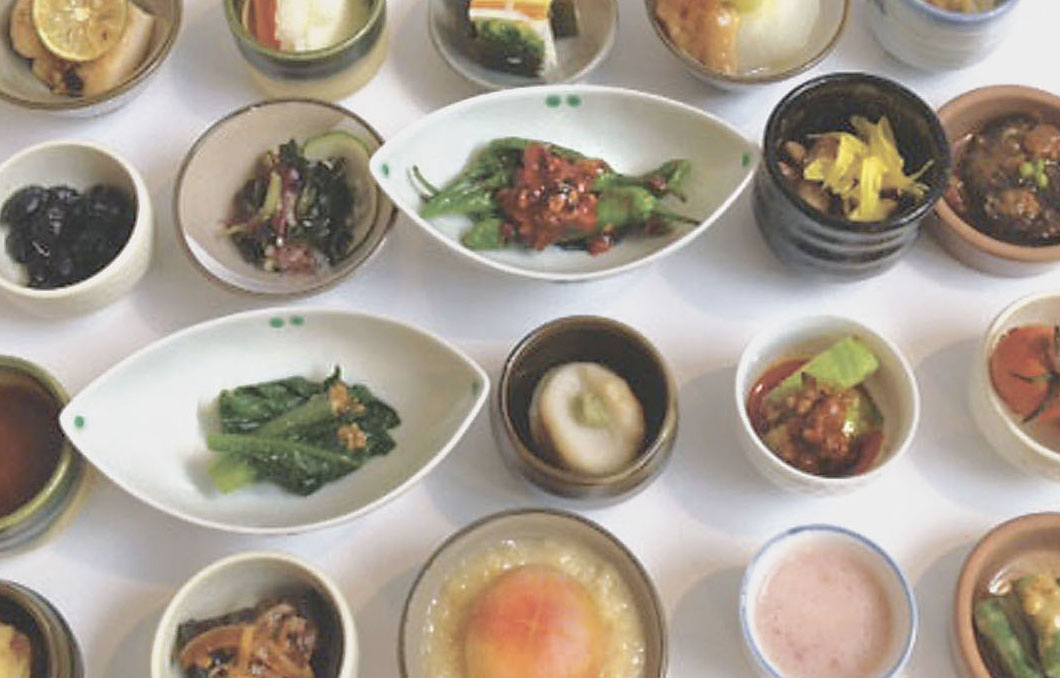Kamose, a private cooking studio run by fermentation specialist Nobuaki Fushiki, is hidden among the backstreets of Tokyo's Gakugei Daigaku district. Fushiki's special dinner events, which feature an array of fermented ingredients, have a clandestine quality that brings to mind the speakeasies of the Prohibition era. Entering through the back of the residential building that houses the studio, guests speak softly to avoid disturbing the neighbors. As at some of the city's small, exclusive restaurants and supper clubs, reservations at Kamose usually require an introduction. Seats for the dinner events fill up quickly, but the website lists no phone number.
Inside, large vats of homemade soy sauce and dark brown hishio — a thick mixture of fermented grains and salt, often referred to as the predecessor of miso and soy sauce — sit quietly bubbling in one corner of the room. A whiteboard conceals the tiny kitchen, from which Fushiki emerges carrying the first course: ika no shiokara (fermented squid entrails) made with hishio, served with slithery junsai (a kind of water plant), lightly marinated in hishio and tart ponzu (citrus sauce).
Fushiki is in his late 30s, with a compact frame and a closely shaven head that give him the appearance of a Shaolin monk. A chef with over 20 years' experience, he began studying traditional Japanese fermentation techniques five years ago and has since become one of the leading figures in the recent boom in Japan. At Kamose, he holds fermentation workshops where students can learn about the history and science behind the process, as well as how to make amazake (sweet half-sake), miso and soy sauce. An outspoken commentator on the NHK radio show "Suppin," Fushiki has authored eight books on the topic and speaks about fermentation's ability to "completely transform ingredients" with the fervor of an evangelist.


















With your current subscription plan you can comment on stories. However, before writing your first comment, please create a display name in the Profile section of your subscriber account page.